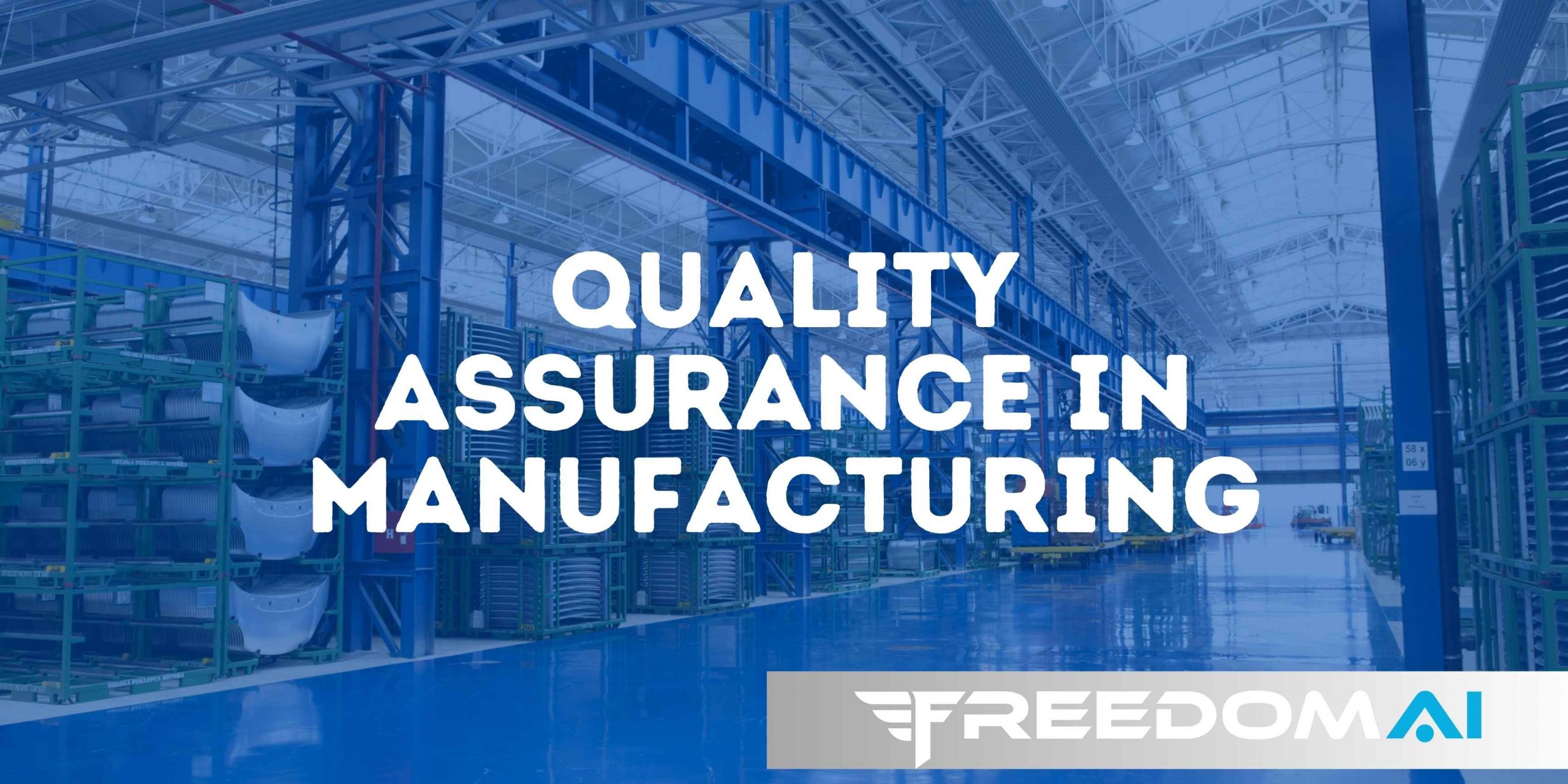Over the past decade, the manufacturing industry moved from reactive to predictive data analysis to monitor equipment, extend asset lifecycles and manage overall profitability. Today, the future is trending toward the use of advanced analytics applications that enable manufacturers to intelligently meet increased demand for customized products created at affordable mass-production costs while improving operational efficiency and overall productivity. In this article, we’ll be looking at all things in manufacturing automation, from the benefits of automation, types of automated manufacturing, and main benefits of manufacturing automation.
What is Manufacturing Automation?
Automation is a manufacturing process that can be used to increase production capacity and reduce costs. It does this by either replacing human workers with machines or automating certain tasks, like picking parts off shelves.
Automation is the use of machines to reduce work performed by humans. Automated systems are often programmed for specific tasks, and some can be as simple or complex in their programming needs as needed; however most find benefits from automation.
Types of Manufacturing Automation

Fixed Automation
Fixed automation is a type of machine that has been preprogrammed with the necessary instructions to complete its task. This type of automation often requires large volume production and poses high barriers of entry. Fixed automation can also be called hard automation because they don’t require human input, rather the programming is contained within that machine itself.
Examples of fixed automation can be seen in most automated assembly lines, material handling conveyor systems, chemical manufacturing processes.
With fixed automation, the cost and the volume of products being manufactured usually do not have time for changeovers. If changes are to be made to a fixed automation line, it would require the line to be shut down and for technicians to work on the tooling manually. This downtime can be long and the cost of being down can be high. If your shop floor has shorter life cycles, consider the following two alternatives.
Programmable Automation
Programmable automation is a type of machine that can be programmed to generate many types and styles of products. Its main advantage is its batch production systems, creating a variety of production actions. Many factories and plants have varying speeds at which different items may be made without having downtime for changeovers between each task on the line. Programmable automation allows your factory to be flexible while resulting in lower costs and downtime.
However, with programmable automation, downtime is required and factored into the equation. Downtime can vary depending on batch sizes and lead times. If your operation has the need for frequent changeovers, be sure to read the following option.
Flexible Automation
Flexible automation allows your machines to perform changeovers automatically. Flexible automation might not be the right choice if your shop needs to use different tools or have additional devices that can help with automated transitions between steps in your workflow process.
Flexible automation is often connected to some form of network that increases value by offering remote monitoring or control. Programs are developed either on a computer or using offline technology, allowing the programmers to upload new programs or run existing production from anywhere.
Benefits of Automation in Manufacturing
Automation is becoming an increasingly popular way for manufacturers to increase precision, consistency and efficiency. The first step to take in implementing automation is to define your goals and what purpose automation has in your organization. For example, if you want to increase production, it’s important that all factors be considered.
Manufacturing automation has the potential to create a number of benefits for businesses:
- Increase in machine productivity
- In the past, humans were needed to perform dangerous tasks such as operating machine tools. However with automation and robotics becoming more popular in manufacturing plants today it is possible that some of these same principles could help you make your workplace safer while also saving money on staffing costs.
- Enhanced product quality
- Automation helps to reduce the rate of defects and operations are performed with greater uniformity.
- Reduce lead time
- Automation is the best way to bring your customers’ products and get them in their hands as soon as possible.
- Reduce labor costs
- Automating manual tasks can help to reduce increasing labor costs and make your business more profitable.
- Improve workplace safety
- The workplace is a dangerous place. One way to make it safer for workers is by transferring some risky tasks onto automated machines, so that they can focus on more beneficial and less hazardous work without getting hurt themselves or worrying about safety protocols.
Examples of Manufacturing Automation
Fixed automation: well-suited for high volume production processes where products do not change much over time. Examples of fixed automation are:
- Automated assembly machines
- Machining transfer lines
- Material handling conveyor systems
Programmable automation: well-suited for producing products in batches. For each new batch, production equipment often require reprogramming and downtime to be factored into this strategy.
Examples of programmable automation are:
- Numerically controlled (NC) machines
- Programmable logic controllers
- Industrial robots
Flexible automation: well-suited for factories that have a small variety of products to manufacture. Flexible automation allows reprogramming to occur offline, quickly, and autonomsly.
Examples of flexible automation are:
- Robotics programmed for different functions such as drilling, weldig, insertion, and spray painting objects on an assembly line
Who Needs Manufacturing Automation?
Smart manufacturing software programs make timely, detailed information available to everyone in the company 24/7, informing actionable decisions. For example, should a team member utilize the data to uncover a process or a machine issue in real-time, he or she can address and solve the problem much quicker than if traditional productivity improvement processes are in use.
Automation and Smart Manufacturing
The most fundamental step to keeping up with these marketplace and technological advances is to incorporate smart manufacturing platforms that can seamlessly communicate with all industrial assets and business systems. These asset monitoring systems are manufacturing production management software solutions that automatically collect and analyze data on machine performance, production activity, quality metrics, and availability. Data provided by these systems improves visibility into a plant’s operational efficiency and overall equipment effectiveness (OEE) by showcasing asset downtime trends, where bottlenecks and inefficiencies may be occurring, historical manufacturing patterns, and more.
Traditional processes require that manufacturing data be compiled manually into spreadsheets which increases the likelihood of lag time, errors and varying interpretations. Executive level management will review these spreadsheets. Steps are taken to resolve issues after a week or more has passed. This timeline is not an efficient, cost-saving process.
In contrast, automation technology solutions enable managers to identify and address supply chain issues in real-time, reducing downtime and production lags, and increasing overall profitability. Smart, asset monitoring systems also facilitate fast and efficient production, enabling manufacturers to quickly produce a more comprehensive array of quality products that address unique customer needs.
Real-time integration of asset performance data with your enterprise system is vital to increasing overall equipment effectiveness, reducing unplanned downtimes, and protecting your bottom line. This information can be driven to all levels of your company, as well as to supply chain partners, facilitating informed decisions that lower costs, increase output and boost customer satisfaction.
Start Automating Your Shop
Are you keeping pace with the marketplace, utilizing smart production monitoring software to increase productivity and protect your competitive edge?
Join in on the conversation on our FREEDOM® Facebook page or via Twitter @Freedom_IoT.


